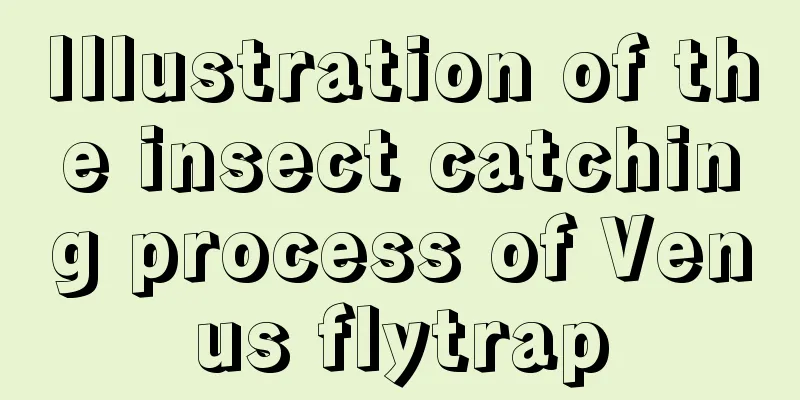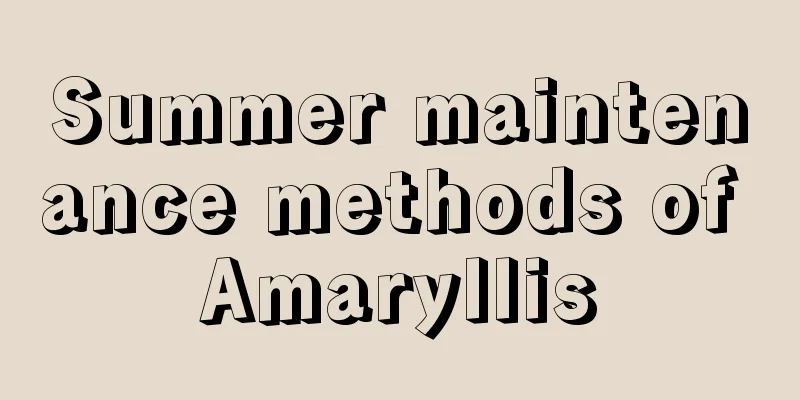Illustration of the insect catching process of Venus flytrap

Secrete nectar glands to attract insectsThe leaf margins of the Venus flytrap contain nectar glands that secrete nectar to attract insects. When an insect enters the leaf surface and touches the sensory organ twice in a row, the two petals of the Venus flytrap will quickly close. Sending signalsThe insect-catching information is not provided directly by the sensory hairs, but by a group of sensory cells at the base of the sensory hairs. When an insect stimulates a sensory cell, it sends out a weak electric current to notify the corresponding leaf. Before being stimulated, the insect trap is open at a 60 -degree angle, and when stimulated, it closes rapidly with its leaf veins as the axis. Closing of insect trapIf the Venus flytrap's sensory hairs are touched twice within 20 to 30 seconds, the insect trap will quickly close. If this time is exceeded, a third stimulation will be required for closure. The trap requires two stimulations to confirm that the insect has reached the appropriate location, rather than just clamping part of the insect and giving the insect a chance to escape. Catching speedWhen the sensory hairs of the Venus flytrap are stimulated twice in succession, the leaves will close immediately, on average, within about 0.5 seconds. Of course, some artificial garden varieties cannot reach this speed. Digestion and absorptionAfter catching the insect, the trap will remain closed for several to ten days. At this time, the insects are digested by digestive juices secreted by glands distributed on the insect trap. Once the insect is digested, the trap opens again to await the next prey. Insect shells that cannot be digested are carried away by wind and rain. The second stage of digestion requires the insect to struggle, so the insects caught by the walking insect trap are indeed alive. (Now even plants have such high IQ) |
<<: What are the common varieties of azalea
>>: How to grow Venus flytrap and what to pay attention to
Recommend
What are the benefits of watering flowers with cigarette ash? Spraying flowers and plants with cigarette ash soaked in water can repel insects
Benefits of using ash water to water flowers Ash ...
How to Eat Basil Seeds
Make a basil seed drink In fact, basil seeds can ...
Can Milan be planted in the yard?
Can Milan be grown in the yard? Milan can be plan...
Taboos of planting Podocarpus at home
1. No porch, no planting When planting Podocarpus...
Where does wheat grow? Where does wheat grow?
Wheat growth habit Wheat is a temperate long-day ...
How much cabbage yield per mu
Cabbage yield per mu Cabbage is also called cabba...
How to Grow Peonies
1. Soil When growing peonies, you should use loos...
How to cultivate lychee grass
1. Soil: Litchi grass has strong growth ability a...
How to cultivate Viburnum
1. Soil Viburnum is not very demanding on soil co...
What soil is suitable for planting jade dew
Soil for Gyokuro Jade plant likes acidic soil, an...
What to do if the leaves of Kalanchoe turn yellow and soft
1. Reduce watering Reason: When caring for Kalanc...
How to prune Kalanchoe? Pruning methods and precautions
Kalanchoe pruning time Kalanchoe is usually prune...
How to grow Bauhinia on the balcony and what should be paid attention to
1. Lighting requirements If the Bauhinia is grown...
These 20 kinds of flowers grow better the shade they are in, and are more likely to die in the sun!
Smooth sailing The lucky charm plant prefers a se...
How to Eat Water Fern
Nutritional value of water fern Water fern, also ...









